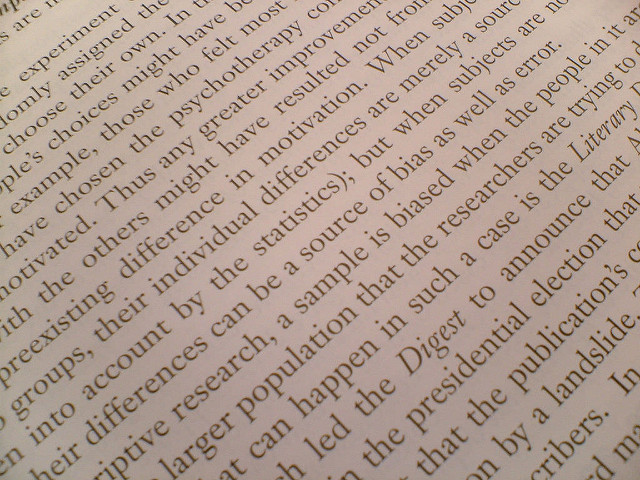
Stillness Between Words
Words grab us and hold us. Words in books and newspapers, words on street signs, even words written in blog posts. Spoken words, words in videos and words in songs.
We say we are listening to someone else but we are busy thinking of our own next words.
Our culture places an extremely significant emphasis on words. We may say actions speak louder than words, but words get our attention.
It is easy for us to think our words contain meaning. Our political lives, our educational lives, our professional lives seem to be built on words.
Many of us assume spiritual life is the same. We buy books and subscribe to podcasts full of words about spiritual life. Sacred texts and witty memes fill our minds with words to remember.
Some of us even write blog posts filled with words about spiritual life.
Words overwhelm us and distract us from the rest of what we experience. Each page, each screen, we see as covered in words also holds the stillness between words.
Our attention is drawn to the words and we lose sight of the stillness between words. We listen to the voice speaking the words but ignore the stillness between words.
Words convey important ideas and concepts, but there is also meaning in the stillness.
We read a book without paying attention to the empty spaces, the stillness, between words. We listen to someone talking and work to understand their words.
The stillness between words often has as much to tell us as the words themselves.
The Challenge of Stillness
Stillness may be one of the most challenging, and one of the last, things we want to hear. People say, “We can rest when we are dead.” Our society values action, demands results, thrives on people who make noise. It celebrates people who are adept at drawing attention to themselves, not at stillness. We resist standing still, sitting still, being still.
For many people, stillness feels like giving up. Their lives are filled with talking, connecting, making sure everyone else knows what they have to say. They are reassured they are alive because they just posted about it.
Stillness is not something we tend to appreciate very much. Some people cannot remember ever having been still for even a moment. We have not developed the skills we need to be still.
It feels like it should be easy to practice stillness, but it is not. Even when we recognize we need to be still something in us pushes us not to stop. We may be rebelling against all the times anyone ever told us to “Be Quiet!” We may be struggling because so few people seem to be able to listen to us very well.
The first step in stillness is admitting we need to be still and we do not know how to do it. Spiritual life is fed in our stillness. How do we find the stillness we need?
It may be helpful for us to detach ourselves from the lack of stillness around us. The stillness we need to practice is within us.
We begin by sitting and listening to our own breathing.
The Power of Stillness
I have loved words as long as I can remember. The meaning words carry is powerful and fascinating. Words can persuade us to change our minds, to try new ways of living. Written words and spoken words are essential to who we are.
As much as what they communicate, words have tactile and sensual power. Some words are enjoyable to say. The flow of words can take us on joyful adventures beyond what we could have imagined.
The stillness between words has a power beyond words, thoughts, and feelings. As we sit and listen to our own breathing we are drawn into the power of stillness.
There is a still place deep within us where spiritual life makes its home. Like the stillness between words we hear and the spaces between words we read. We find the power which surpasses words. When there is nothing more to be said or written there is stillness.
Thinking and talking, figuring out what to say, is how we try to control our lives. Spiritual life begins where words and our efforts to control stop.
In our inner places of stillness we find the deep, Sacred truths of spiritual life. When we finally come to the end of arguing with ourselves, and with others, we find stillness.
There is a clarity and honesty in stillness. We have nothing more we need to prove and no one else we need to entertain. There is no more we need to process, either internally or externally.
We can stop and listen to the sound of our own deep breathing.
Finding the Stillness Between Words
Recognizing our own stillness can be a spiritual practice. We are not competing to stand as still as we can for as long as we can. Stillness is not a game which we can win.
The stillness between words is a spiritual practice of understanding our place in the world. We take time to feel the sun on our cheek, the breeze in our hair. There is a pause in the torrent of words from us and from others which floods the earth. We stop and listen to the quiet, stop and read the empty spaces.
There is stillness within us and in the world around us. Spiritual life surrounds us and fills us and draws us to find stillness.
The more words we read, the more words we hear, the greater the stillness around them.
There are times we forget, overwhelmed by words so much of the time. Spiritual life reminds us there are places of deep stillness where we can go and find peace.
On every page, between all the words, there is stillness. As we read and listen to the stillness we find ourselves drawn deeper.
How can we practice the stillness between words this week?
Who will help you find the stillness you need?
[Image by RobertG NL]
Greg Richardson is a spiritual life mentor and leadership coach in Southern California. He is a recovering attorney and university professor, and a lay Oblate with New Camaldoli Hermitage near Big Sur, California. Greg’s website is StrategicMonk.com, and his email address is [email protected].












